Mehmet Gökhan Bağcı remembers prolific composer Usmanbaş, who composed about 120 works throughout his career, following his death on 30 January 2025 in Istanbul at the age of 104
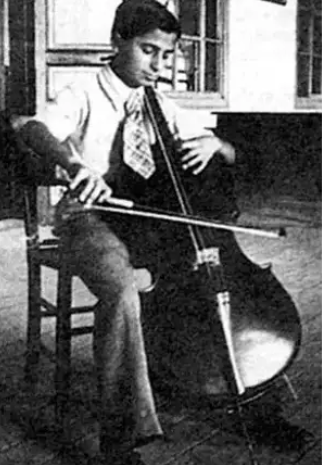
Born in İstanbul, Türkiye and raised in Ayvalık, an Aegean coastal town, İlhan Usmanbaş displayed an interest in music from a very early age. During these years, he had the opportunity to study violin with his older brother Orhan Usmanbaş, who was studying in Istanbul, and he developed his interest in music by teaching himself the cello, a gift from his brother.
He then went on to graduate from Galatasaray High School and was fortunate enough to become a student of Cemal Reşit Rey and then of A.A.Saygun, H.F.Alnar, U.C.Erkin, N.K.Akses and D.Zirkin at the Ankara State Conservatory.
In 1941, Usmanbaş began studying philosophy at Istanbul University, but soon left philosophy and returned to the conservatory, where he became a student of Cemal Reşit Rey. In 1942, he entered the composition department of the Ankara State Conservatory, where he continued his cello studies with David Zikrin.
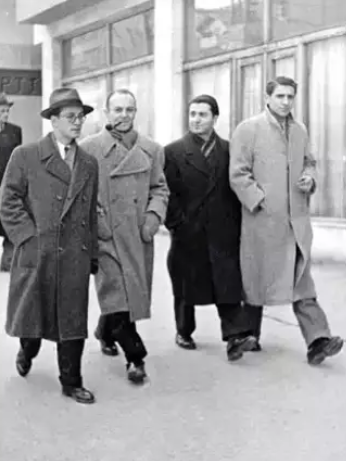
His first works date back to 1944, including a choral piece based on a poem by Nazım Hikmet and a lied inspired by a poem by Paul Valery. It is believed that he was interested in the twelve-tone system, also known as dodecaphonic music, and that he analysed the writings and books of J.P. Sartre and R. Leibowitz in French. It was imperative that he became acquainted with the publication entitled Schoenberg et son école, authored by R. Leibowitz. He also studied Berg’s opera Wozzeck. In 1950, his graduation work, his first symphony, was performed by the Presidential Symphony Orchestra under the direction of N. Del Mar within the framework of the Turkish-British Music Festival.
He was a pioneer in realising the vision of Mustafa Kemal Atatürk’s famous maxim about the ‘level of modern civilisation’ in music, contemporary art and avant-gardeism in Türkiye. As a progressive composer, he was known for his emphasis on the timbral intensity of sound, preferring free forms to certain moulds. His fame abroad and the innovative character of his compositions contributed to the emergence of contemporary characteristics in Turkish music.
From the late 1950s onwards, Usmanbaş began to explore the practices of indeterminacy that were becoming increasingly prevalent in the musical world of North America and Europe at that time. In 1952, he had the opportunity to travel to the United States on a scholarship from UNESCO, thanks to the support of Ahmet Adnan Saygun.
During this trip, he attended seminars and conferences with renowned figures in the field of new music, including Henry Cowell, Milton Babbitt, Elliott Carter, Morton Feldman and Aaron Copland. He also learnt about music education from V. Persichetti, a faculty member at the Juilliard School of Music in New York.
In addition to the books he translated and wrote, Usmanbaş composed hundreds of musical works, served as director of the Istanbul State Conservatory and worked as a professor of composition at the Istanbul Mimar Sinan University State Conservatory.
In 1953, a group of musicians, including Usmanbaş, Bülent Arel (1919-1990), Faruk Güvenç (1926-1982), the violinist Suna Kan (1936-2023) and Ulvi Yücelen (1925-2004), came together in Ankara to establish the Helikon Association. The association, which included prominent figures such as Prime Minister Bülent Ecevit, who would later become a figure in political circles, sought to bring the arts of painting, music and literature together under one roof through collaborative endeavours.
In 1954, he attended the Musica nel XX. Secolo congress in Rome, where he established connections with figures such as Luigi Dallapiccola and Luciano Berio. After reading Pierre Boulez’s article on sequential writing, he was able to clarify his understanding of the line of development of the twelve-tone system.
It is understood that Ece Ayhan’s series of nine poems Bakışsız Bir Kedi Kara was published by De Publishing House in 1965, and that İlhan Berk’s Şenlikname and Behçet Necatigil’s Kareler ve Aklar (Squares and Whites) were published in Yeni Dergi in 1970. It seemed that Usmanbaş had found the linguistic counterpart of his own music’s tendencies at the time.
With the three works he composed on these poems in 1970, he brought the linguistic possibilities offered by the poems to his music through randomness. By questioning the distinction between language and music, he raises the question of rethinking a relationship that was broken centuries ago within the framework of new possibilities. Given Usmanbaş’s unique perspective, his view of music is also extraordinary.
He was honoured with the Fromm Music Prize (USA) in 1954 for his String Quartet, and the other awards followed were Koussewitzky Prize (USA) in 1958, and the Wieniawsky Composition Prize (Poland) in 1967, the Composers’ Tribune in Paris in 1968 (France), the Ballet Music Prize (Switzerland) in 1969, and was awarded the title of ‘State Artist’ by the Republic of Türkiye in 1971. In 1993, he was honoured with the gold medal of the Sevda-Cenap and Foundation honour award. In 2000, he was awarded an honorary doctorate by Boğaziçi University.
The number one source for playing and teaching books, guides, CDs, calendars and back issues of the magazine.
In The Best of Technique you’ll discover the top playing tips of the world’s leading string players and teachers. It’s packed full of exercises for students, plus examples from the standard repertoire to show you how to integrate the technique into your playing.
The Strad’s Masterclass series brings together the finest string players with some of the greatest string works ever written. Always one of our most popular sections, Masterclass has been an invaluable aid to aspiring soloists, chamber musicians and string teachers since the 1990s.
The Canada Council of the Arts’ Musical Instrument Bank is 40 years old in 2025. This year’s calendar celebrates some its treasures, including four instruments by Antonio Stradivari and priceless works by Montagnana, Gagliano, Pressenda and David Tecchler.


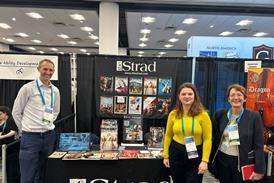
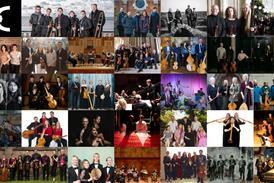
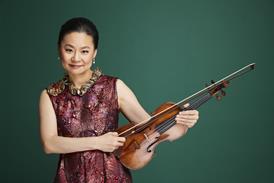
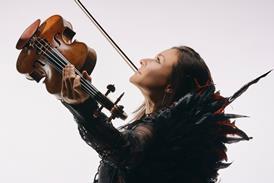
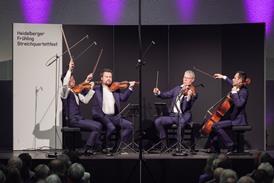
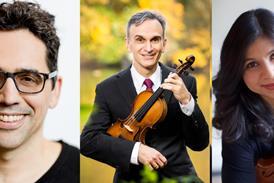

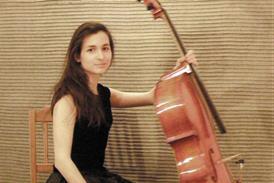
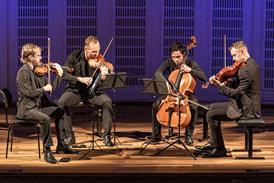

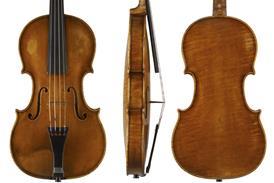
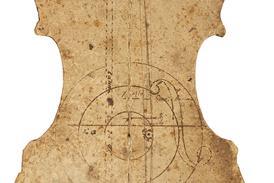
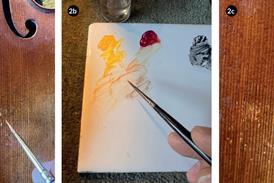
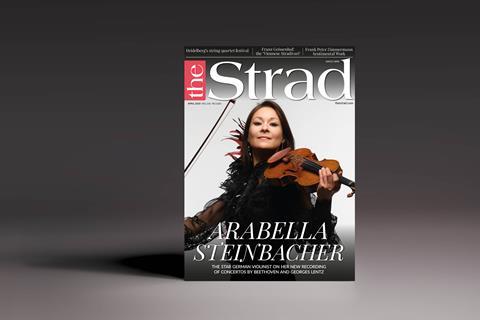
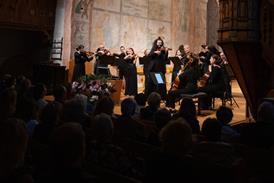

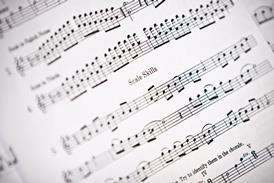
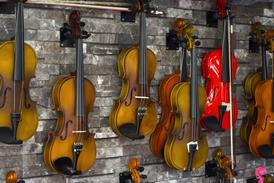
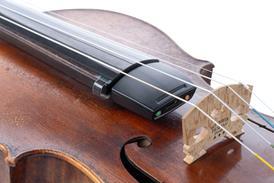

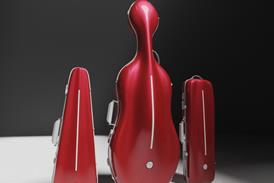
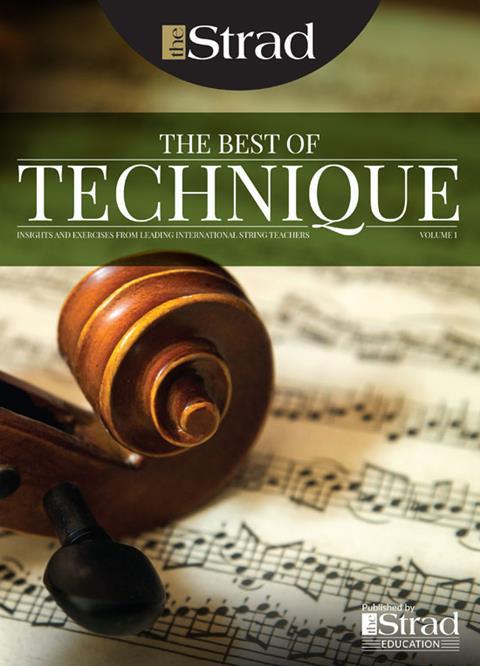
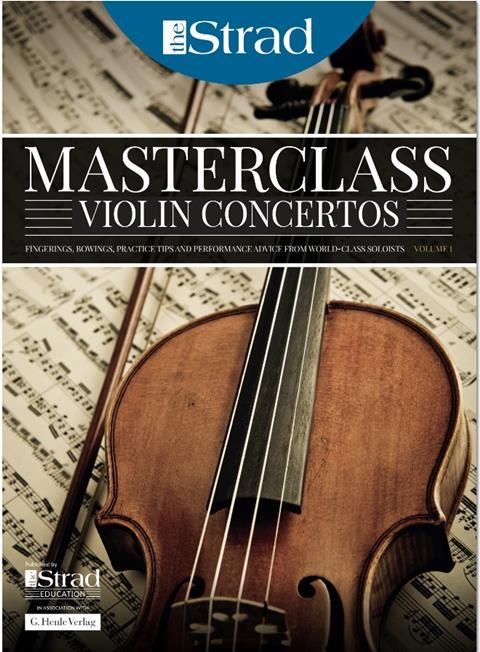
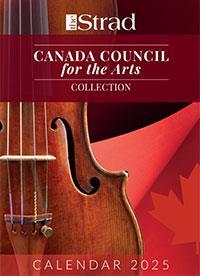












No comments yet